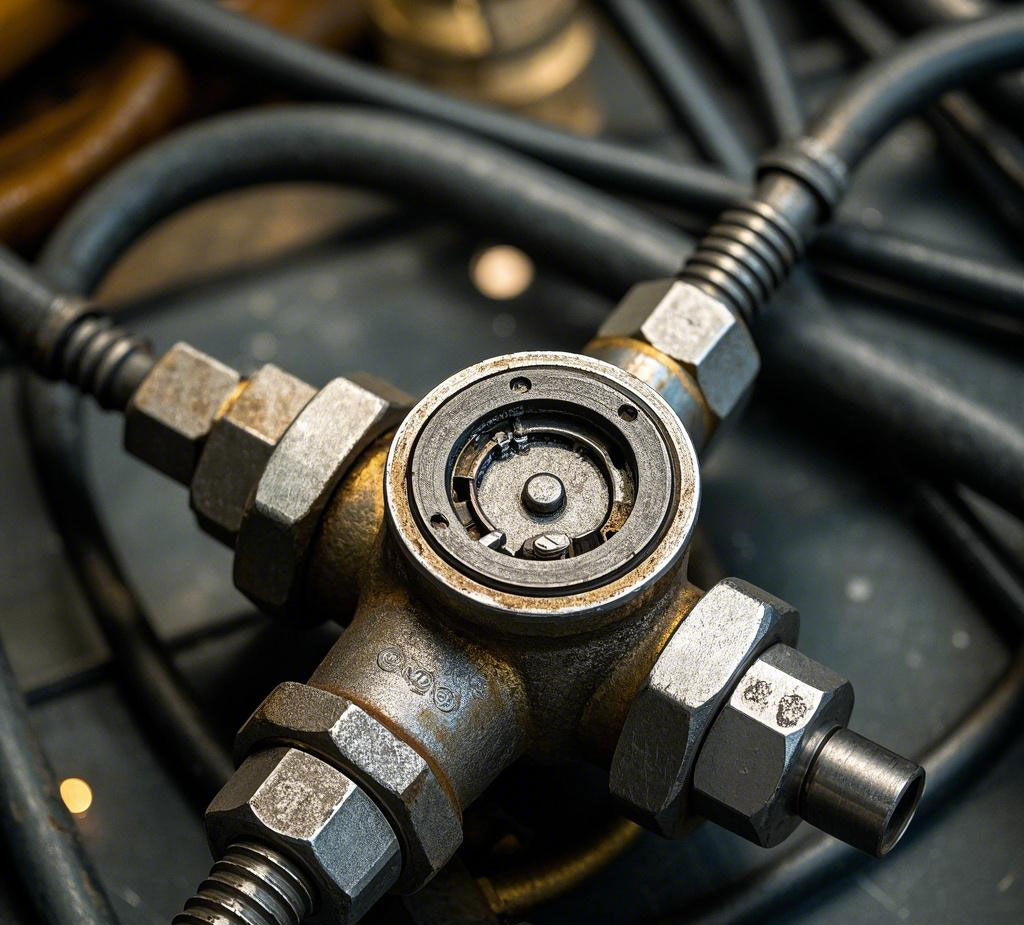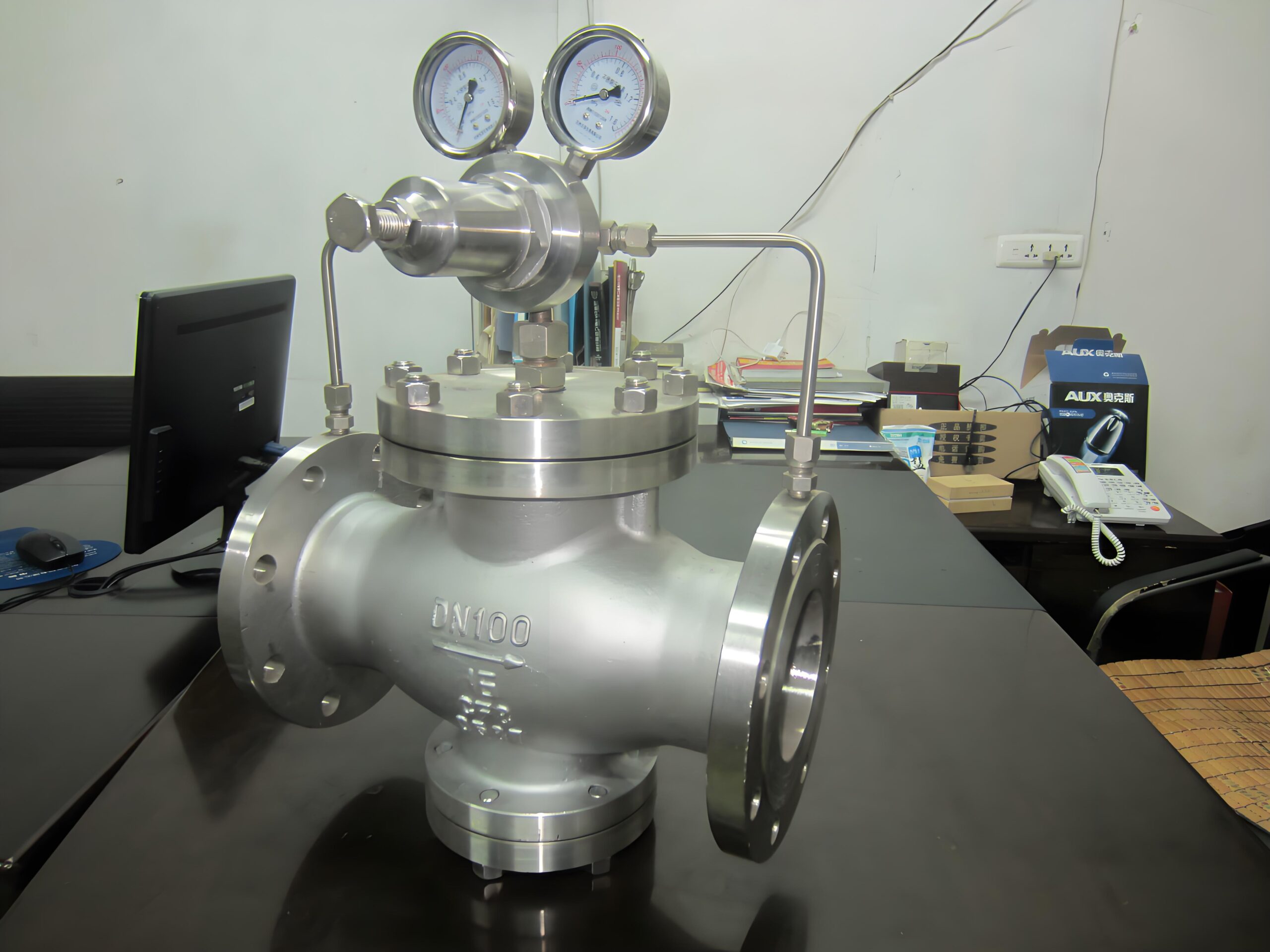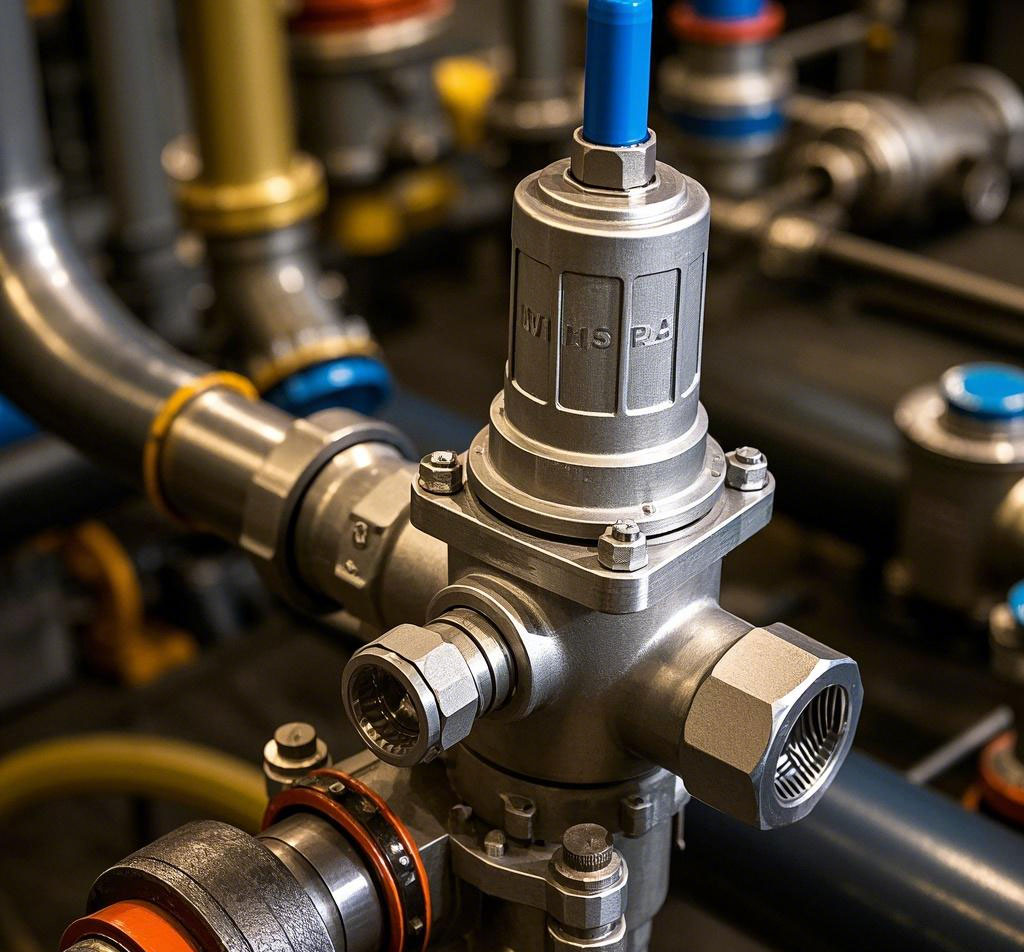A pressure reducing valve is a device that, by adjusting its settings, reduces the high pressure entering the valve to the desired outlet pressure level. It utilizes the energy of the fluid (e.g., water or gas) itself to automatically maintain a stable outlet pressure. From the point of view of fluid mechanics, a pressure reducing valve is like a throttling device that adjusts local resistance. By changing the throttling area – that is, the size of the space through which the fluid passes – it changes the flow rate and the kinetic energy of the fluid, which in turn produces different pressure reduction effects, thus achieving the purpose of pressure reduction.
Next, the control and regulation system inside the valve comes into play to ensure that the pressure fluctuations behind the valve are balanced against the force of the spring. In this way, even if the external conditions change, the pressure behind the valve remains stable within a permissible margin of error. In short, a pressure reducing valve is a clever little helper that keeps the pressure in your fluid system at the safe level you want it to be at all times.
Overview of Pressure Reducing Valve Definitions



